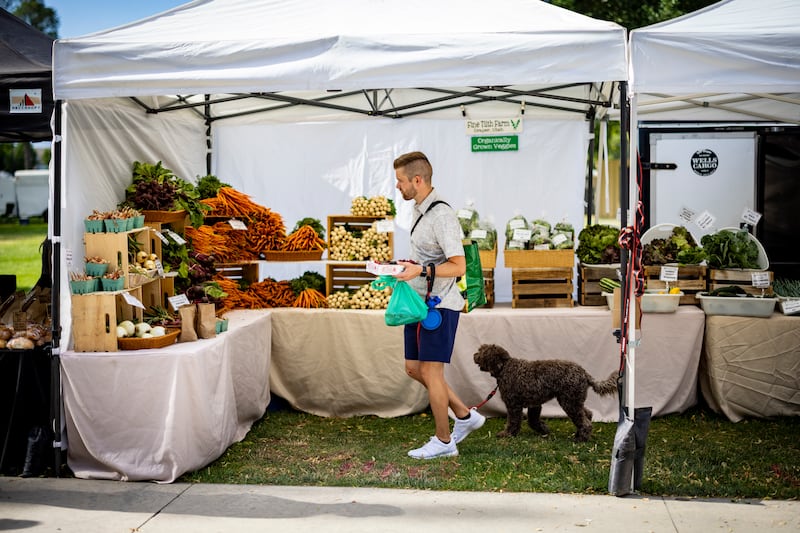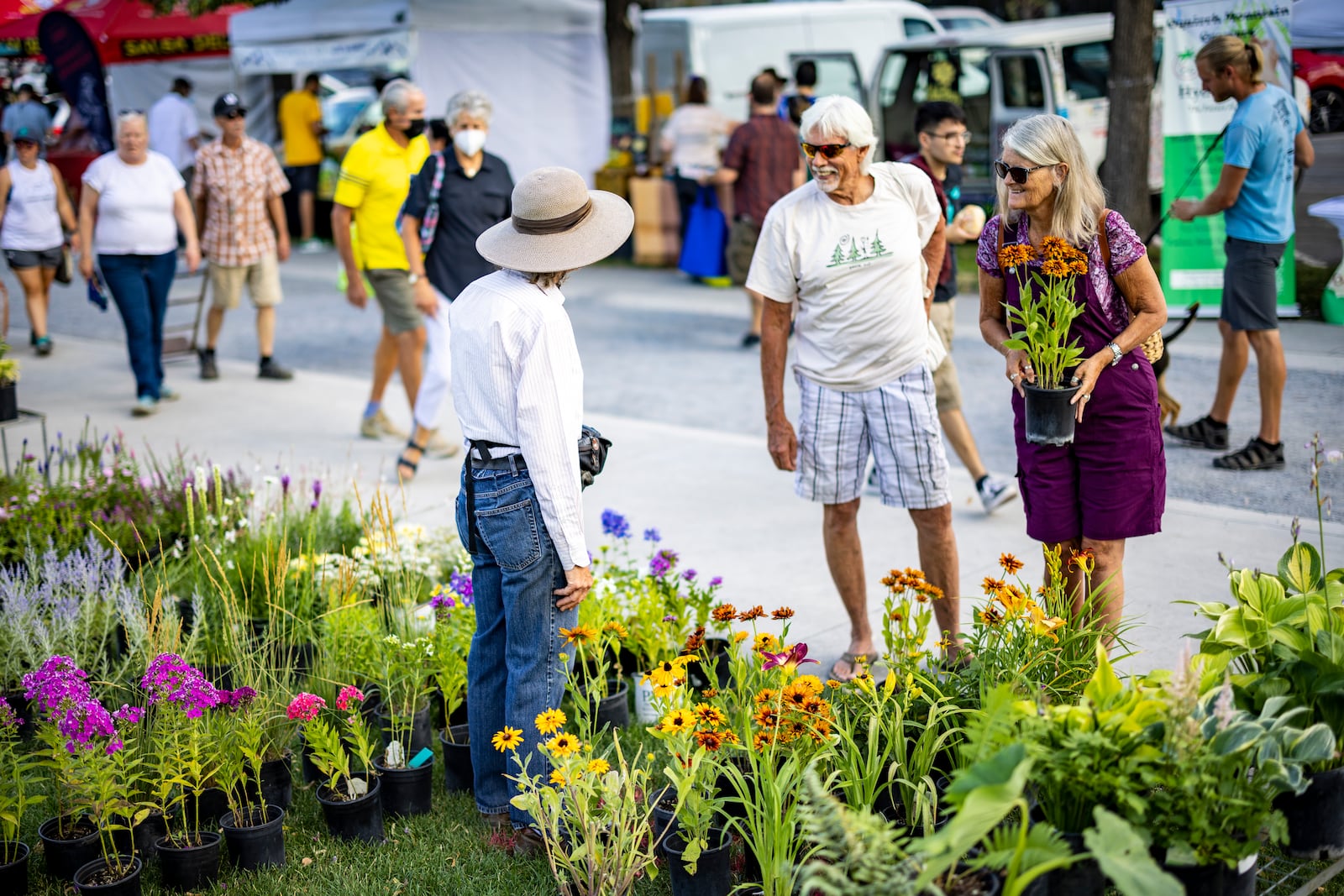This story appears in the August 2025 issue of Utah Business. Subscribe.
As the distance between consumers and the source of our food grows ever larger, farmers markets are often romanticized as rustic holdouts pushing back against that trend. But take a closer look and you’ll find that the markets offer much more than a charming weekend ritual.
“A farmers market offers a low barrier to entry to launch and grow a business,” says Carly Gillespie, director of Salt Lake City’s Downtown Farmers Market. “We are easy to access because paying a vendor fee for a weekend is much cheaper than investing in brick and mortar. Farmers markets have an audience already built in with 15,000 people walking past their booth. We’re real incubators of businesses doing serious economic development.”
Jorge Fierro sold one bag of pinto beans on his first day at the Salt Lake City Farmers Market in 1997. Sales steadily increased, and soon he was including his favorite Mexican food recipes with every bag. His customers would return to tell him what they thought about his product and recipes.
“The farmers market lets you get feedback directly from consumers,” Fierro says. “They tell you what they like, what they don’t like and what they expect from you. As a vendor at the farmers market, I immediately saw the potential to offer more than just beans.”
Armed with that feedback and the confidence it instilled, Fierro returned the next year with 11 products to sell. His offerings continued to grow and eventually became Rico Brand, a $4 million company with products sold in grocery stores throughout Utah.
As demand for farmers markets grows, Gillespie predicts supply will as well.
“We continue to see more entrepreneurs trying to get into the market than we can accept,” Gillespie says. “And so I believe there’s much more room for growth.”


